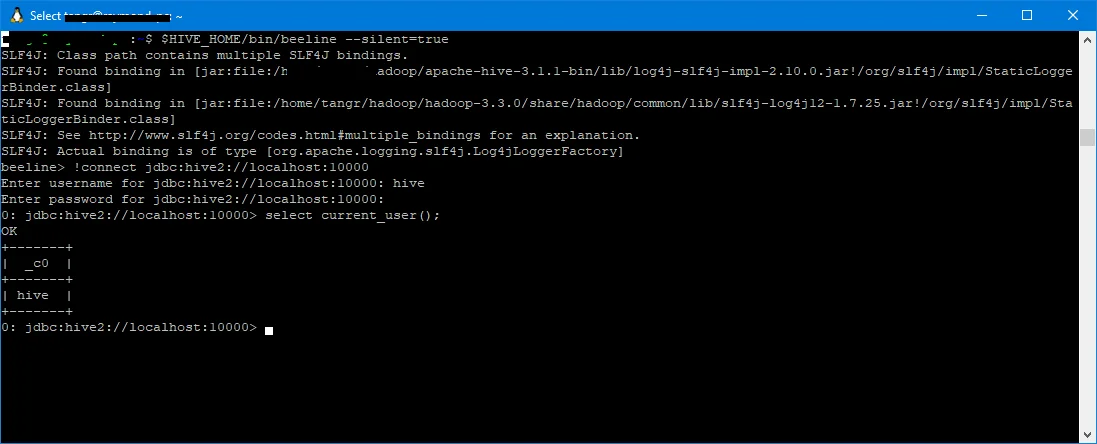This page shows how to create Hive tables with storage file format as CSV or TSV via Hive SQL (HQL).
Create table stored as CSV
Example:
CREATE TABLE IF NOT EXISTS hql.customer_csv(cust_id INT, name STRING, created_date DATE)
COMMENT 'A table to store customer records.'
ROW FORMAT SERDE 'org.apache.hadoop.hive.serde2.OpenCSVSerde'
WITH SERDEPROPERTIES (
"separatorChar" = ",",
"quoteChar" = "'",
"escapeChar" = "\\"
);
Create table stored as TSV
Example:
CREATE TABLE IF NOT EXISTS hql.customer_tsv(cust_id INT, name STRING, created_date DATE)
COMMENT 'A table to store customer records.'
ROW FORMAT SERDE 'org.apache.hadoop.hive.serde2.OpenCSVSerde'
WITH SERDEPROPERTIES (
"separatorChar" = "\t",
"quoteChar" = "'",
"escapeChar" = "\\"
);
infoIf text file delimiter, escape or quote characters are different, please change accordingly.
Create table stored as JSON
Example:
CREATE TABLE IF NOT EXISTS hql.customer_json(cust_id INT, name STRING, created_date DATE)
COMMENT 'A table to store customer records.'
ROW FORMAT SERDE 'org.apache.hadoop.hive.serde2.JsonSerDe'
STORED AS TEXTFILE;
Install Hive database
Follow the article below to install Hive on Windows 10 via WSL if you don't have available available Hive database to practice Hive SQL:
Examples on this page are based on Hive 3.* syntax.
Run query
All these SQL statements can be run using beeline CLI:
$HIVE_HOME/bin/beeline --silent=true
The above command line connects to the default HiveServer2 service via beeline. Once beeline is loaded, type the following command to connect:
0: jdbc:hive2://localhost:10000> !connect jdbc:hive2://localhost:10000
Enter username for jdbc:hive2://localhost:10000: hive
Enter password for jdbc:hive2://localhost:10000:
1: jdbc:hive2://localhost:10000>
The terminal looks like the following screenshot:
